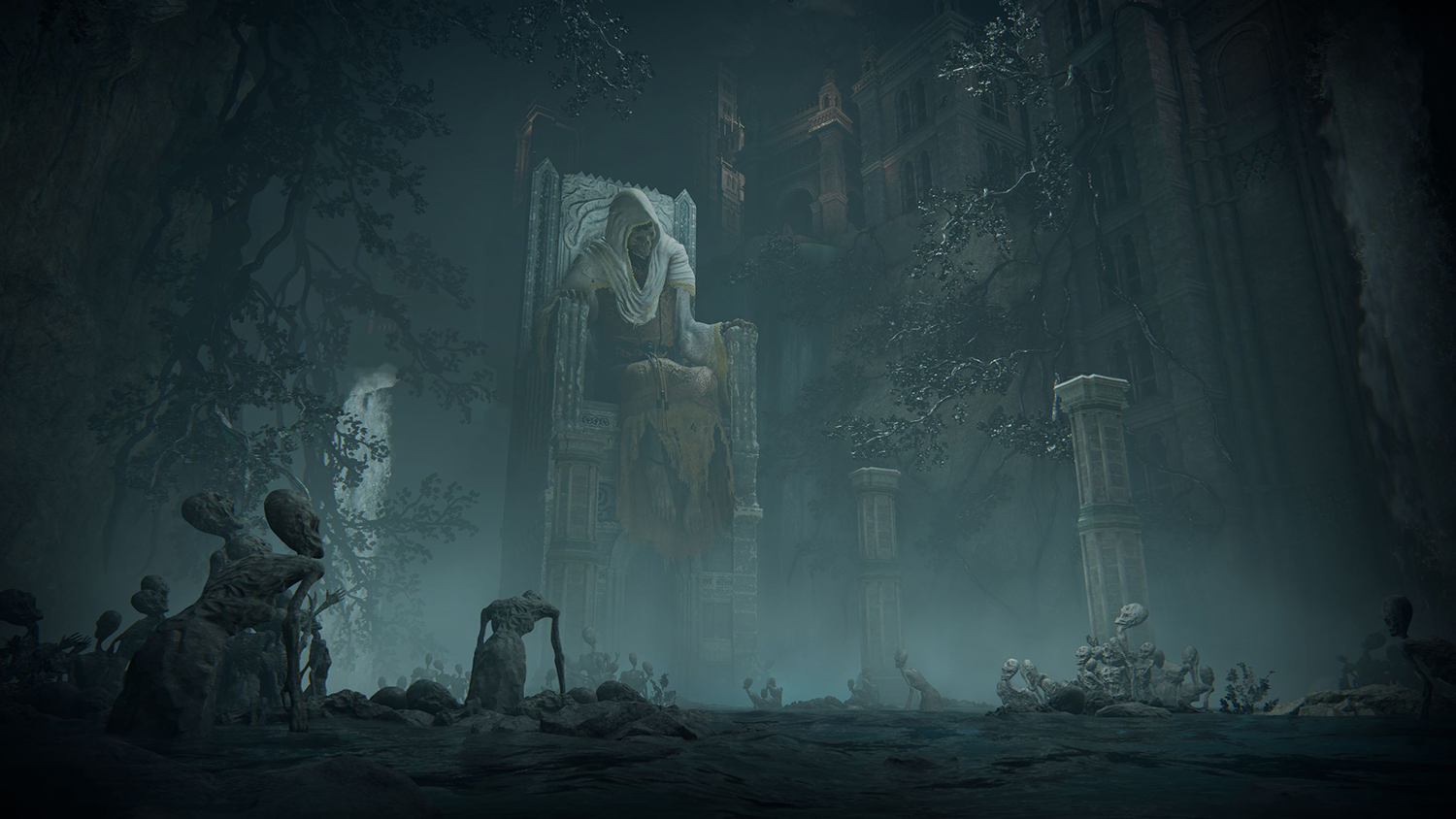A new book dissects the fast-growing fan culture surrounding the Japanese anime, manga and game industries
A weeb is a sometime internet-slang insult turned badge of honour, ‘someone with an unhealthy interest in Japanese culture’, as the editors of this ambitious anthology set out. Japanese anime and manga industries, and their attendant fandoms, are starting points here to consider a wider ‘ACG (anime-comics-games) culture’. Launched to complement a group exhibition the editors staged in London in January, the book collects 11 international theorists and artists to explore our current ‘animatic’ condition. Cultural-theorist Deborah Levitt, interviewed here, describes animation as a ‘supermedium that includes computer generated images (CGI), simulations of all kinds, and new forms of immersive media like virtual reality (VR)’, and that defines our current era. In this light, animation permeates everything; whether we like it or not, we are all weebs.
The book loosely follows a structure of interviews with theorists punctuated by case studies of specific shows or games. Media theorist Thomas Lamarre talks about fandom rewriting social norms; writer Dawn Chan describes the ‘shared witnessing’ of moments playing the game Elden Ring; art historian Cole J. Graham writes on racial cues in manga series Fullmetal Alchemist (2001–10); artist Sahej Rahal considers Hindu nationalism via a 1992 Japanese animation of the Ramayana. At one point, Levitt asks, ‘Are there potentially as many “digital ontologies” as cultural ones?’ Such questions permeate the book, portraying ACG as a site of endless transformations yet-to-come. It’s not all positive: in his interview discussing otaku (roughly, ‘nerd’) subcultures, anthropologist Patrick W. Galbraith notes, ‘When there are Nazis among the fandom for My Little Pony: Friendship is Magic, something has gone terribly wrong’.
While a remarkable resource emerging from a smallscale exhibition, the foregrounding of artists from the show feels limiting – there are countless artists working within this expanded view of animation needing critical examination. Instead, this book is most useful as a much-needed primer on a growing terrain, with countless nods to other theorists. At times there’s a sense of thirdhand relay, with Western academics explaining esoteric terms while referencing Japanese thinkers; when curator Catherine Harrington cites Toshiya Ueno’s concept of ‘techno-orientalism’ it feels close to a comment on the book itself. But perhaps that is part of the point: the weeb is always afar, always building imagined worlds anew.
Weeb Theory, edited by Jamie Sutcliffe and Petra Szemán. Banner Repeater, £12 (softcover)
